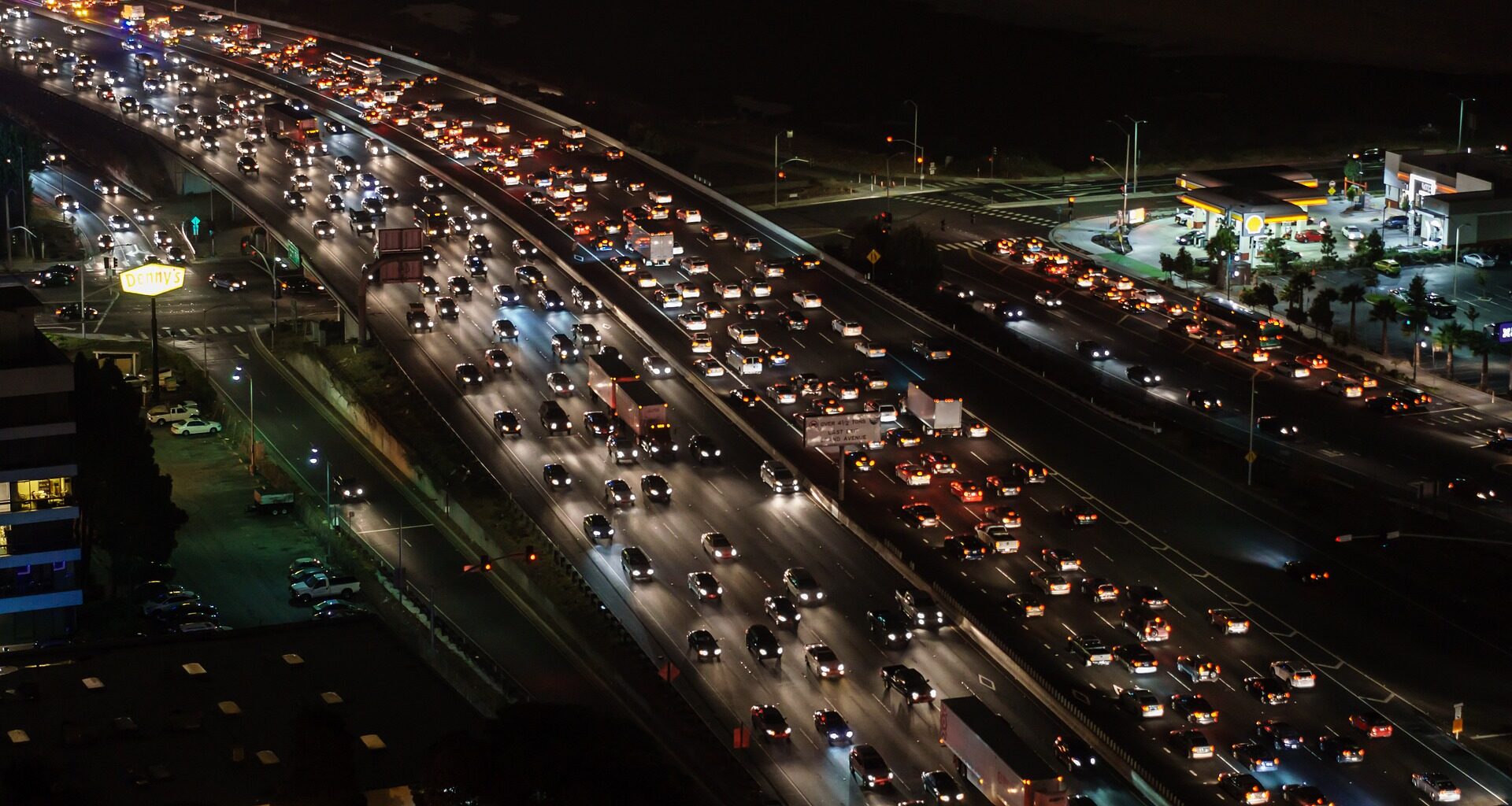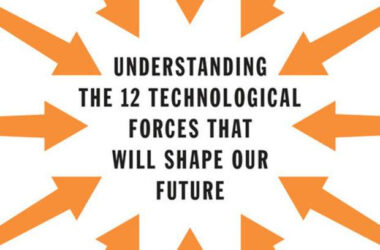1. For a bit there, there was some hope that ride sharing would work in conjunction with mass transit and alleviate transportation problems, but that theory has also been recently debunked, as multiple studies have now shown that Uber and Lyft end up replacing mass transit and add more cars to already-busy roads.
It turns out there is a related concept in traffic engineering known as induced demand. Engineers who have planned for highway capacities and studied how wider or narrower roads affect traffic have concluded that increased capacity—e.g., wider roads—will incentivize driving almost proportionally evenly, so the net effect is still the same travel time but for a whole lot more travelers. In other words, spiking supply only results in spiking demand.
Which brings us to self-driving autonomous vehicles, often cited as a way to reduce congestion by better driving, higher vehicle utility and requiring less parking. These claims and experiments, however, are made in a vacuum; all else being the same, a sufficiently-advanced AI should be superior to a human driver on the road and in isolated trips. Once these cars are accepted as a commuting norm—like ride sharing is today—then they’ll just attract more usage, which in turns adds more cars, albeit more efficiently driven, back on the road.
Most people who are thinking about self-driving cars assume that traffic will be solved with automated synchronization, or at least be improved to vehicle slowdowns. If so, then the net effect may just be the widening the circle of possible commuter towns. Sadly, this is a familiar story in the Bay Area, where the ridiculous crescendo of real estate values have forced workers to look for ever-further cities to settle into, resigning themselves to extreme commutes to reach the metropolitans where jobs reside. Again, making these journeys easier seems like an improvement in isolation, but it could very well incentivize further suburban sprawl and more vehicles along more stretches of road.
At least the commuter is free to do other things in the cabin.
Although a tiny silver lining on the situation is that the local economy and population are growing.↩


